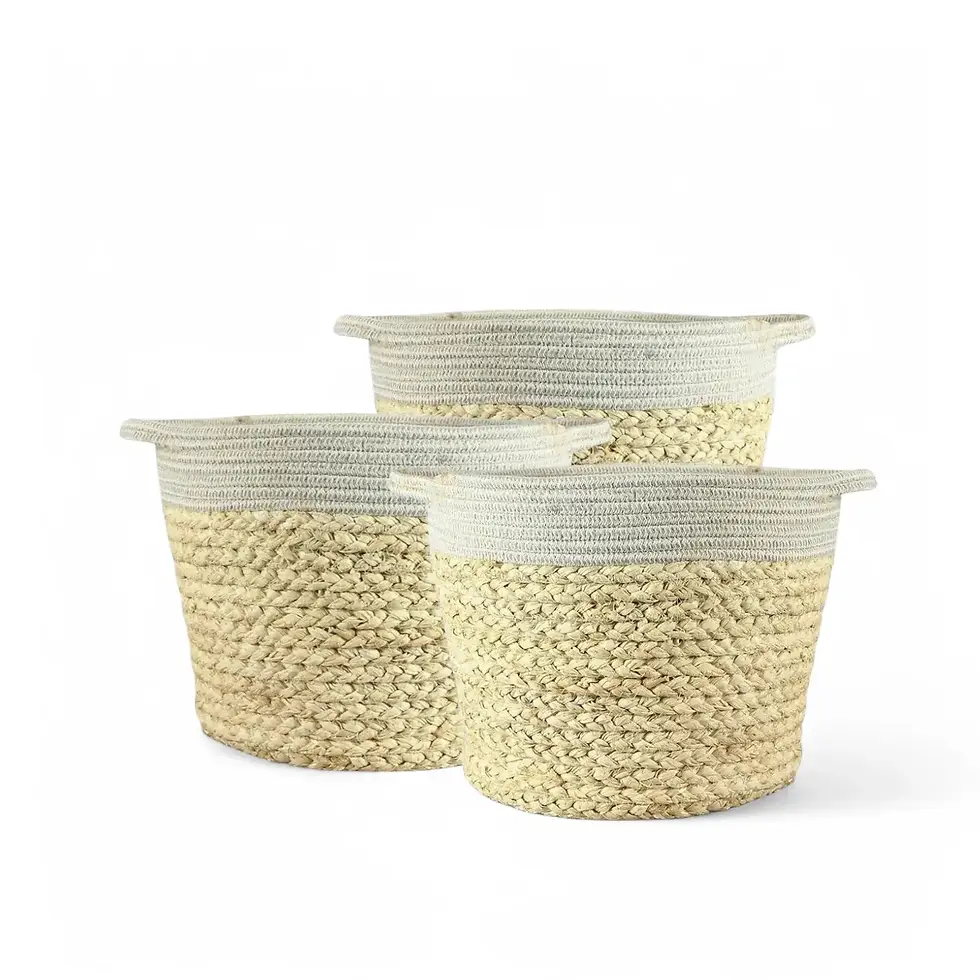Monstera Thai Constellation - Care and Tips for This Stunning Variegated Plant
Monstera Thai Constellation is a breathtaking houseplant with creamy marbled variegation on vibrant green leaves. Each leaf forms a unique pattern, resembling artistic brushstrokes. As it matures, large, fenestrated leaves develop dramatic splits, adding elegance to any indoor space. This highly sought-after Monstera is rare yet easy to care for, making it a favorite among plant enthusiasts.
What Makes Monstera Thai Constellation Special?
- Unique Variegation: Creamy-white marbling ensures each leaf is distinct and eye-catching.
- Large, Split Leaves: Creates a bold, architectural statement.
- Moderate Growth Rate: Grows at a slow to medium pace, ideal for indoor settings.
- Adaptable and Easy to Care For: Thrives in various home conditions.
Characteristics of Monstera Thai Constellation
- Origin: A cultivated variety developed in Thailand with stable variegation.
- Indoor Growth: Can reach up to 3 meters in height with a leaf spread of up to 150 cm.
- Growth Habit: A climbing plant that thrives with moss poles or trellises.
- Optimal Conditions: Prefers warm temperatures (18-27°C) and high humidity.
- Toxicity: Contains insoluble calcium oxalates—keep away from pets and children.
How to Care for Monstera Thai Constellation
- Light: Prefers bright, indirect light. Avoid direct sunlight to prevent scorching.
- Watering: Water when the top 3-4 cm of soil is dry. Avoid standing water to prevent root rot.
- Humidity: Thrives in 60-70% humidity. Use a humidifier or group with other plants to maintain moisture.
- Temperature: Keep between 18-27°C. Avoid cold drafts and sudden temperature changes.
- Soil: Use a well-draining mix with orchid bark, perlite, and sphagnum moss.
- Repotting: Every 2-3 years or when root-bound. Choose pots with drainage holes—terracotta is ideal.
- Fertilizing: Feed monthly with a balanced fertilizer, supplementing with calcium and magnesium for strong growth.
- Propagation: Take stem cuttings with at least one node and root in water or moist sphagnum moss.
- Pruning: Trim damaged or excess foliage to maintain a clean, structured shape.
Potential Challenges and Solutions
- Pests: Watch for spider mites, mealybugs, and thrips. Treat infestations with insecticidal soap , neem oil, or use beneficial insects.
- Root Rot: Caused by overwatering—use well-draining soil and pots with drainage holes.
- Yellowing Leaves: Often due to overwatering or nutrient deficiencies. Adjust watering and fertilization.
- Brown Leaf Tips: Usually caused by low humidity or inconsistent watering.
- Slow Growth: Ensure adequate light, humidity, and monthly feeding. A grow light can help during darker months.
Styling Tips for Monstera Thai Constellation
- Statement Planters: Use modern ceramic or classic terracotta pots to highlight the variegation.
- Group Arrangements: Pair with dark green foliage plants like Philodendrons or ZZ plants for contrast.
- Vertical Growth: Train the plant on a moss pole for a striking, structured display.
Frequently Asked Questions
- How much light does Monstera Thai Constellation need? Bright, indirect light is best. Avoid direct sunlight to protect the variegation.
- Can Monstera Thai Constellation grow in low light? Yes, but growth may slow, and leaves may be smaller.
- Is Monstera Thai Constellation pet-safe? No, this plant is toxic if ingested.
- How large can Monstera Thai Constellation grow? Indoors, it can reach up to 3 meters in height with leaves up to 150 cm wide.
Order Your Monstera Thai Constellation Today!
Bring this rare and beautiful plant into your home and enjoy its stunning variegation.
Monstera 'Thai Constellation'
Monstera deliciosa variegata 'Thai Constellation' comes in following sizes:
Baby Plant – is approximately 12 cm tall and comes in a ⌀ 6 cm pot
S – is approximately 15 cm tall and comes in a ⌀ 10.5 cm pot
M – is approximately 25 cm tall and comes in a ⌀ 12 cm pot
L – is approximately 45 cm tall and comes in a ⌀ 15 cm pot
XL – is approximately 70 cm tall and comes in a ⌀ 27 cm pot























































